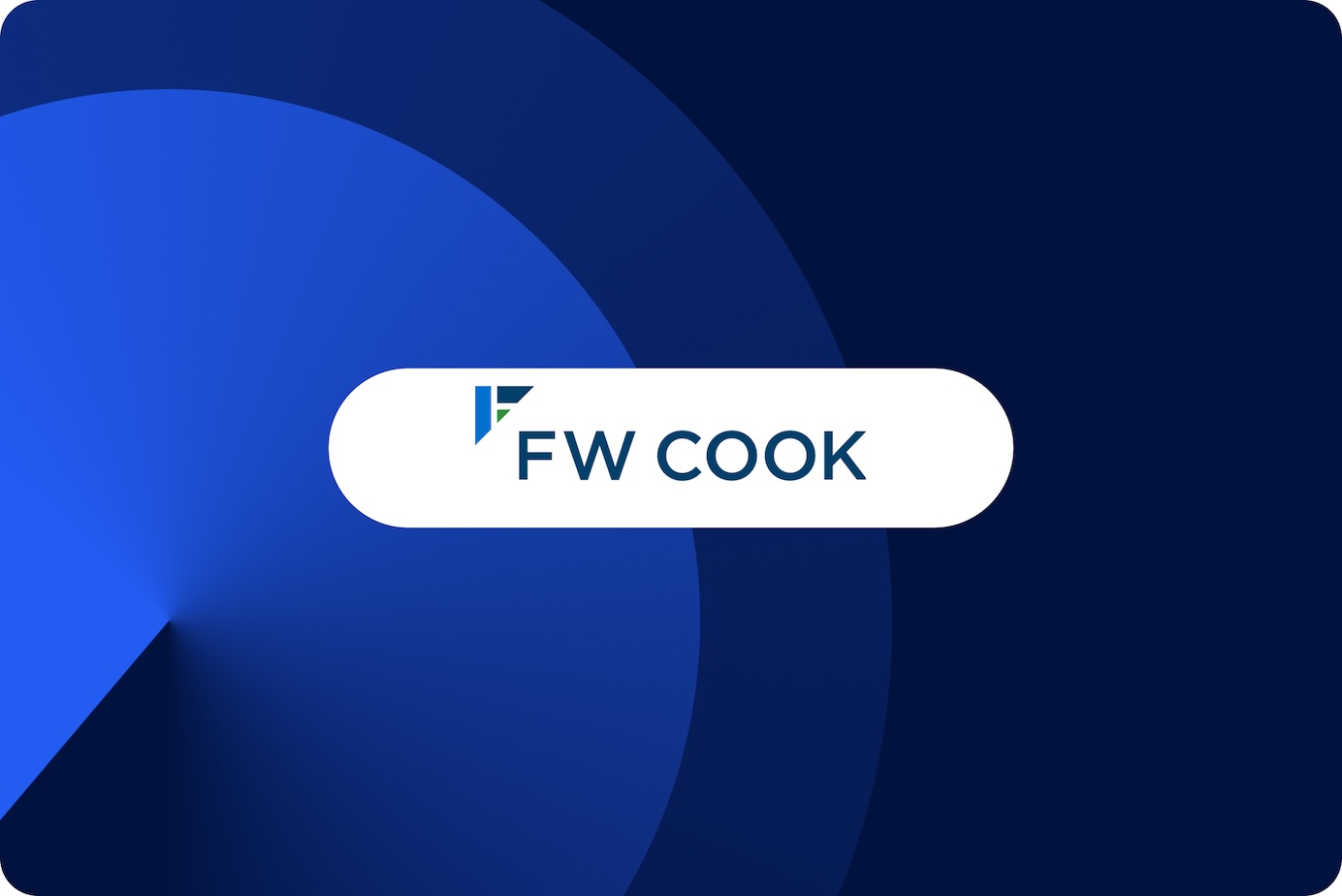Bonus programs can be one of the most effective tools to motivate performance and retain top talent, but only when they’re designed thoughtfully. A poorly constructed plan can just as easily cause frustration, disengagement, or even turnover. For company leaders, the challenge is to balance motivation, timeliness, fairness, and sustainability.
While bonus programs have long been the norm in tech, recent data highlights just how much the bonus landscape is shifting across industries. A 2024 Wall Street Journal article (paywall) noted that nearly 28% of more than 300 companies surveyed are now extending incentive pay beyond sales into new roles like marketing and human resources.
Meanwhile, boards and compensation leaders are rethinking their short-term incentive plan design, moving away from single-metric plans to multi-factor programs that incorporate key elements such as risk management, governance, and long-term strategic goals.
No matter your industry, if you’re designing a short-term incentive or bonus program for your business, here are some key considerations to keep in mind.
Understand What Motivates Your Workforce
We often see that leaders design bonus programs in the boardroom but forget to test them against employee motivations. A bonus plan that resonates with sales employees may not land the same way with engineers or marketing staff. In fact, organizations likely need different program designs by function or group.
For example, operational staff may be driven by efficiency targets, while engineering teams may be motivated by innovation milestones. It’s important to use employee surveys or focus groups to capture what truly motivates your workforce and is incentivizing the right behaviours for the company.
A business could learn through discussions or surveys that their employees value team-based incentives more than individual bonuses, because success is heavily interdependent for them. Some organizations find that reallocating a portion of the pool toward company-wide performance can boost collaboration.
Moreover, a bonus program is not a one-time event. Business strategies change, markets shift, and what worked last year may not be effective this year. Build in checkpoints to review engagement, and whether incentives are truly driving desired behaviors. The key is to keep a pulse on results, measure consistently, and adjust as you go. That clarity of motivation becomes the foundation for setting the right goals.
Set and Communicate Clear & Achievable Goals
Transparency is one of the biggest drivers of trust in incentive programs. Employees should not have to guess or speculate on how their bonus is calculated. Using SMART goals (i.e. specific, measurable, achievable, relevant, time-bound) ensures clarity. Unclear, or overly ambitious targets often backfire, creating disillusionment among employees.
Design alone won’t guarantee success. Communication is where many bonus programs fail. If employees don’t understand eligibility rules, performance measures, or payout timing, resentment can grow quickly. Practical steps for leaders could include creating a one-page FAQ for employees, training leaders on the programs, and sharing quarterly updates on performance against targets.
Align with Business Strategy
In our experience, the most successful bonus plans are rooted in business strategy. If your company is prioritizing profitable growth, your short-term incentive program could emphasize measures like margin expansion or revenue growth, not just top-line sales. If your organization is focused on customer experience, bonus metrics could include client retention rates.
Anticipate Risks & Ensure Compliance
There is a risk that short-term incentives can sometimes encourage the wrong behavior (e.g., cutting corners to hit targets) or even demotivate employees if payouts feel unfair or unachievable. Poorly designed bonus programs can damage both reputation and trust. A notorious example is the Wells Fargo scandal, when extreme pressure to meet aggressive sales quotas led employees to open bank and credit card accounts without customers’ consent or knowledge just to hit bonus targets.
Even at a smaller scale, risks are real. For example, if bonuses are tied only to the speed of hiring for recruiters, they may prioritize filling roles quickly over finding the right fit. This can lead to poor quality hires, higher turnover, and ultimately more costs and disruption for the organization.
Short-term incentive plans must also be legally compliant. In the U.S., this includes ensuring compliance with overtime rules under the Fair Labor Standards Act (FLSA). In Canada, companies must account for provincial labor laws and ensure bonuses are treated appropriately for tax and payroll purposes.
Practical Steps to Get Started
To bring this all together, here are a few steps leaders can take right now toward their short-term incentive programs:
- Conduct stakeholder discovery (e.g., surveys, focus groups, etc.)
- Define SMART metrics tied directly to the business strategy
- Develop clear and defensible payout tiers (e.g., thresholds, targets)
- Pilot the plan before scaling to the entire organization
- Document and communicate rules clearly
- Collect employee feedback after the first cycle to refine
Organizations should also take advantage of technology as it is transforming the administration of bonus programs. Modern compensation platforms make it easier to model scenarios, track performance metrics, and automate payouts. This reduces administrative burden while giving employees more visibility into progress, which increases their engagement in the program.
Building Thoughtful Bonus Programs
Short-term incentive programs, like job titles, are both an art and a science. They can spark performance, engagement, and retention, but only if they are designed with strategy and transparency in mind.
The data shows companies are moving toward broader eligibility, multi-factor designs, and higher expectations for clarity. Incentives should never just reward results. They should reinforce the culture and strategy you want to build. When designed that way, they become one of the most powerful tools leaders have.
Hannah is the Vice President, Client Strategy & Consulting at White & Gale, a leading compensation consulting firm specializing in building progressive and equitable total rewards strategies. With over a decade of experience in compensation design, human resources, and pay strategy development, Hannah has a proven track record of guiding organizations to design and implement compensation processes and programs. Her expertise includes compensation philosophy, job evaluation, pay analysis, pay equity, executive compensation, sales incentive design and the assessment of total rewards programs.







